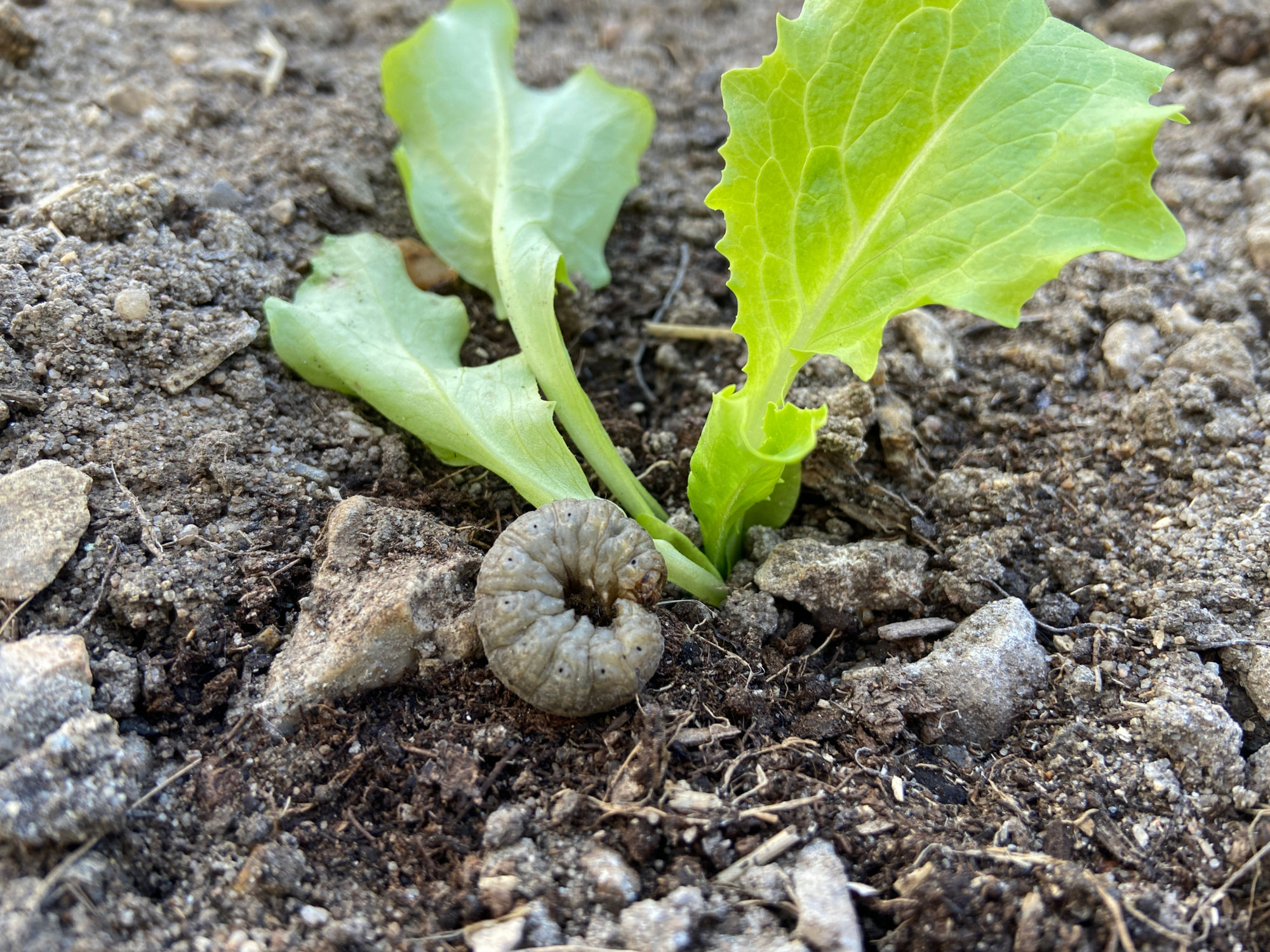Cutworms – a headache for all farmers and home gardeners
They crawl around at night, snipping off precious seedlings that should have been a food crop or nice flowering plant in garden. These are the cutworms, aptly named for their neat, but despised way of cutting seedlings off just below or just above the soil surface. And once the seedling is cut by the worm, it’s a goner with no way to survive or be rehabilitated.
Cutworms are indiscriminate, causing damage to crops and ornamentals alike, and sometimes wiping newly planted crops out completely.
Normal cutworm behaviour
Cutworms live just below the soil surface and normally come out during the evening to attack seedlings. To combat them, farmers spray registered cutworm remedies on to moist soil or set cutworm baits between the plants. However, recently South African farmers have experienced disastrous cutworm damage to maize, potato and other vegetable crops because their normal control methods failed. Both methods failed because the cutworms changed their behaviour: they stayed below the soil surface and foraged there. Entomologists ascribe this sudden change in behaviour to the very wet conditions that prevailed over most of the summer rainfall areas of South Africa. While some maize farmers had to replant as much as 80% of their crops, potato- and other vegetable farmers experienced losses at the advanced growth stages of their crops which did not allow for replanting.
Adapting to cutworm behavioural changes
To prevent cutworm damage to crops and ornamentals, the pest must be attacked in its habitat, that is, underground. Therefore, when applying Kombat Cutworms (Caution: L3130, contains sodium fluosilicate), work it into the soil around seedlings (about 5cm deep) and sprinkle some on the surface to achieve effective control. It is rainfast, which means irrigation and rain will not deactivate the bait. Cultivation practices may also have to be adapted to eradicate cutworm pupae and larvae before planting. It is good practice to turn the soil so that layers which are between 5cm and 15cm deep are exposed to sunlight. This will assist in the fight against cutworms.
